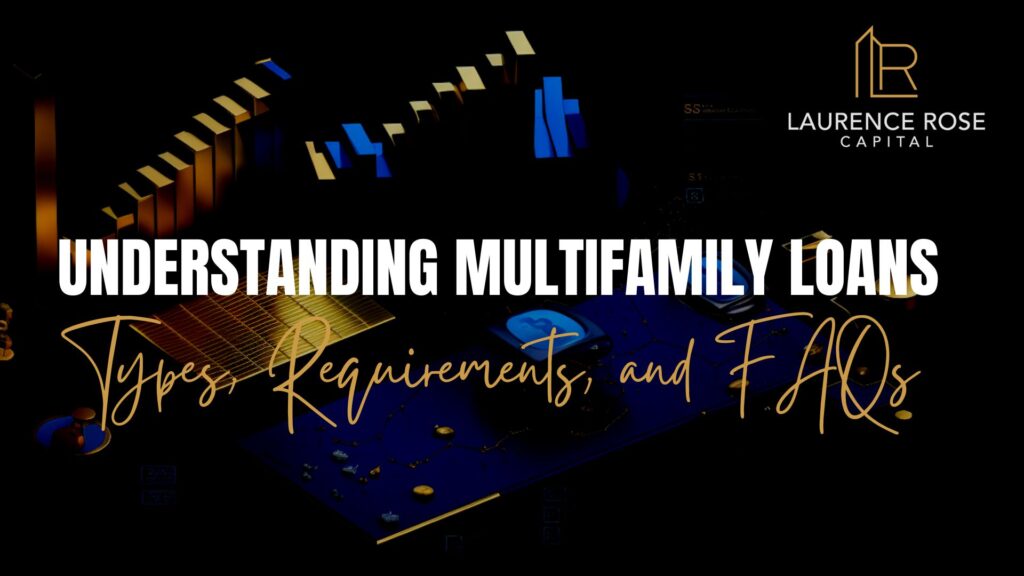Bridge loans in multifamily real estate are short-term financing options designed to bridge the gap between the purchase of a property and the securing of a permanent, long-term loan or the completion of value-adding renovations. These loans offer flexibility and are particularly useful for investors and developers looking to acquire or improve multifamily properties. In this article, we’ll explore the features, provide an example, and outline the pros and cons of using bridge loans in the multifamily real estate sector.
Features of Bridge Loans in Multifamily Real Estate:
- Short-Term Financing: Bridge loans are typically short-term, with terms ranging from several months to a few years. They are intended to serve as interim financing solutions.
- Quick Funding: Bridge loans are known for their speed and efficiency. They can be secured more quickly than traditional long-term loans, making them ideal for seizing time-sensitive investment opportunities.
- Property Acquisition: Investors often use bridge loans to acquire multifamily properties that may require immediate capital or renovations to increase their value.
- Flexible Terms: Bridge loans offer flexibility in terms of repayment. Borrowers can choose interest-only payments or structure the loan to include principal repayment if it better suits their financial strategy.
- Higher Interest Rates: Bridge loans typically come with higher interest rates compared to traditional mortgages, reflecting the short-term nature and increased risk.
Example of a Bridge Loan in Multifamily Real Estate:
Imagine an investor interested in acquiring a multifamily property worth $2 million. The investor does not have immediate access to funds but wants to secure the property quickly. They apply for a bridge loan with the following terms:
- Loan Amount: $1.5 million
- Interest Rate: 8%
- Term: 12 months
The bridge loan allows the investor to purchase the property promptly. During the loan term, they focus on renovating and stabilizing the property. After 12 months, they secure a permanent mortgage at a lower interest rate to pay off the bridge loan.
Pros of Using Bridge Loans in Multifamily Real Estate:
- Speed and Flexibility: Bridge loans provide quick access to capital, enabling investors to seize opportunities and address immediate property needs.
- Property Improvement: They facilitate property renovations and value-adding improvements, which can increase the property’s long-term value.
- Bridge to Permanent Financing: Investors can use bridge loans as a bridge to secure more favorable long-term financing once the property is stabilized or improved.
Cons of Using Bridge Loans in Multifamily Real Estate:
- Higher Interest Rates: Bridge loans come with higher interest rates, which can increase the overall cost of financing.
- Short-Term Nature: The short-term nature of bridge loans means borrowers must secure long-term financing or exit strategies within the loan term.
- Risk: There is risk involved, especially if the borrower cannot secure permanent financing or sell the property as planned, potentially leading to financial challenges.
- Cost: The fees associated with bridge loans, including origination fees and closing costs, can be higher than those of traditional loans.
In conclusion, bridge loans in multifamily real estate offer flexibility and speed but come with higher interest rates and short-term commitments. Investors and developers should carefully evaluate their investment strategies, financial capabilities, and exit plans before opting for bridge financing to ensure it aligns with their objectives and risk tolerance.

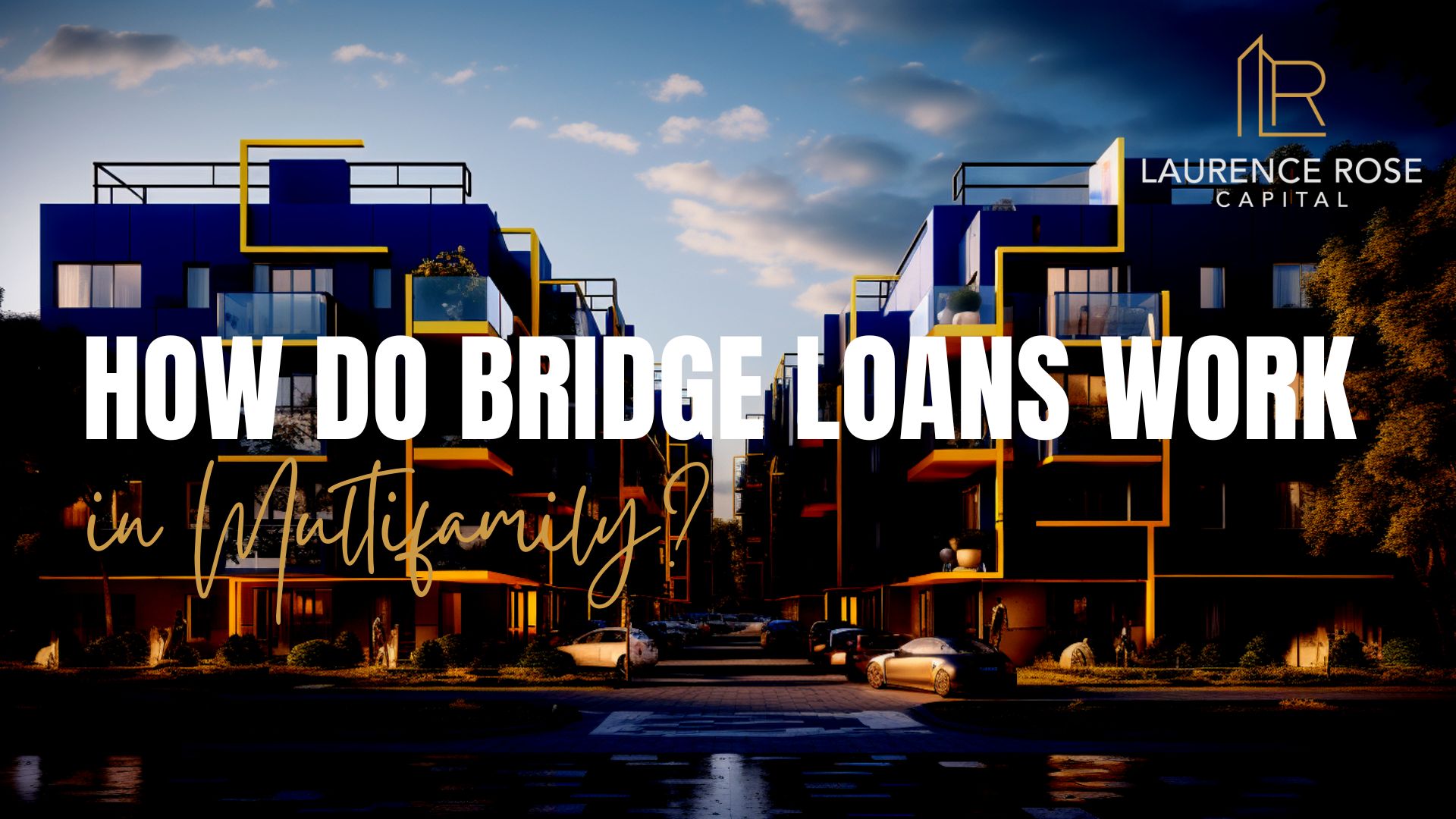
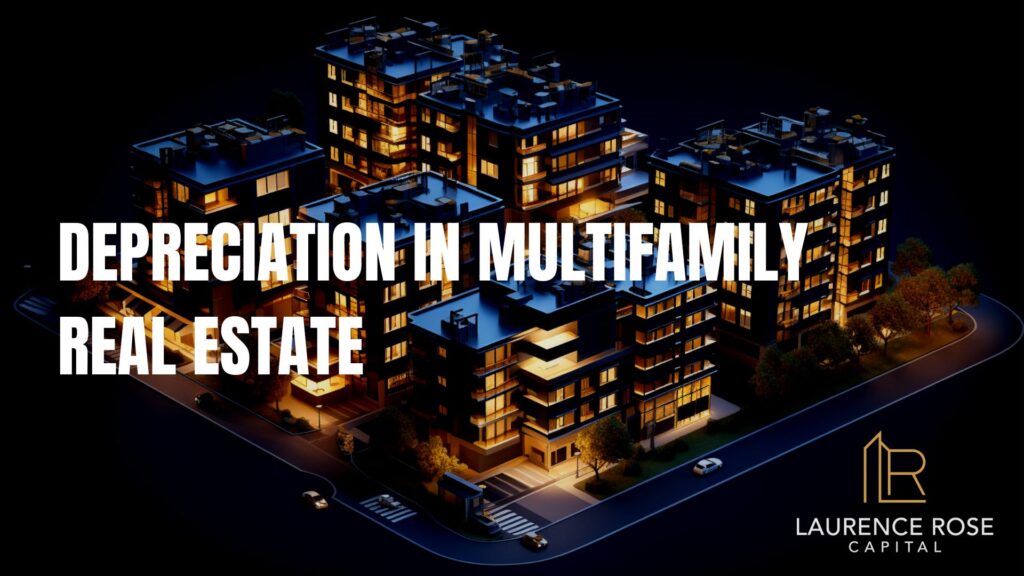
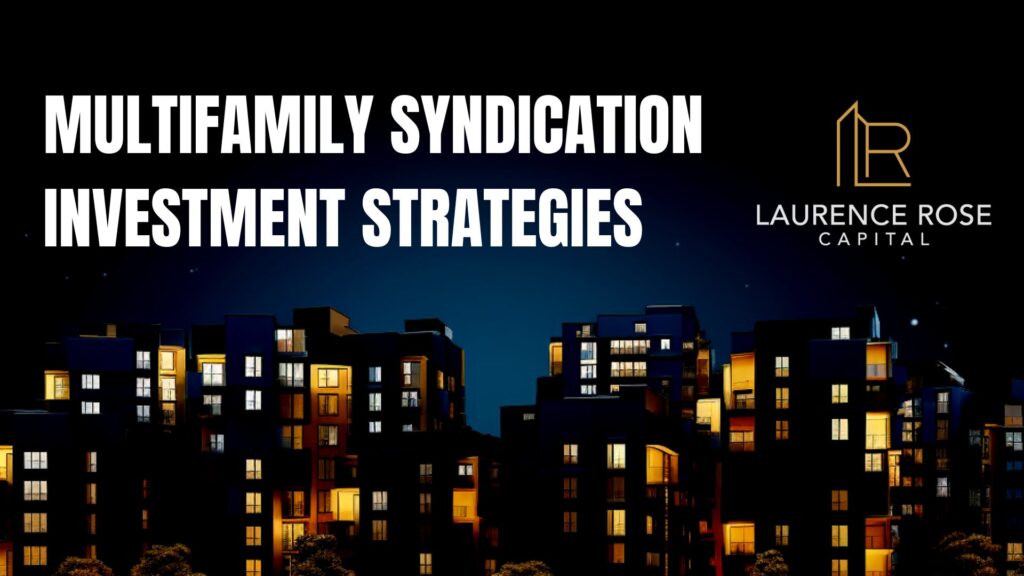

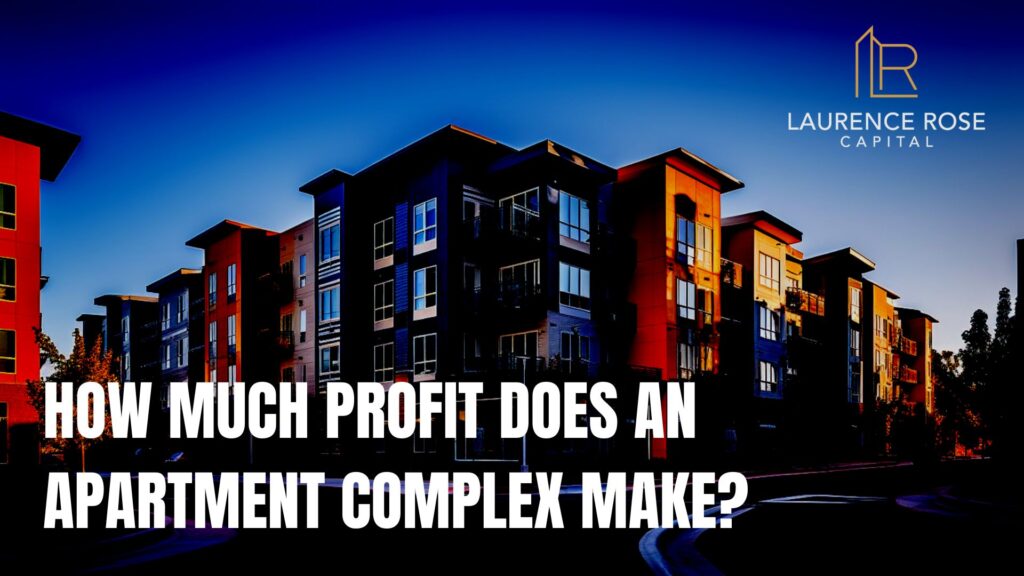
![How Does Creative Financing Work In Multifamily Real Estate [Explained]](https://laurencerosecapital.com/wp-content/uploads/2023/10/JG-BMP-Ira-LRC-JB-Blog-Covers-750-×-422px-1920-×-1005px-1024x576.jpg)
